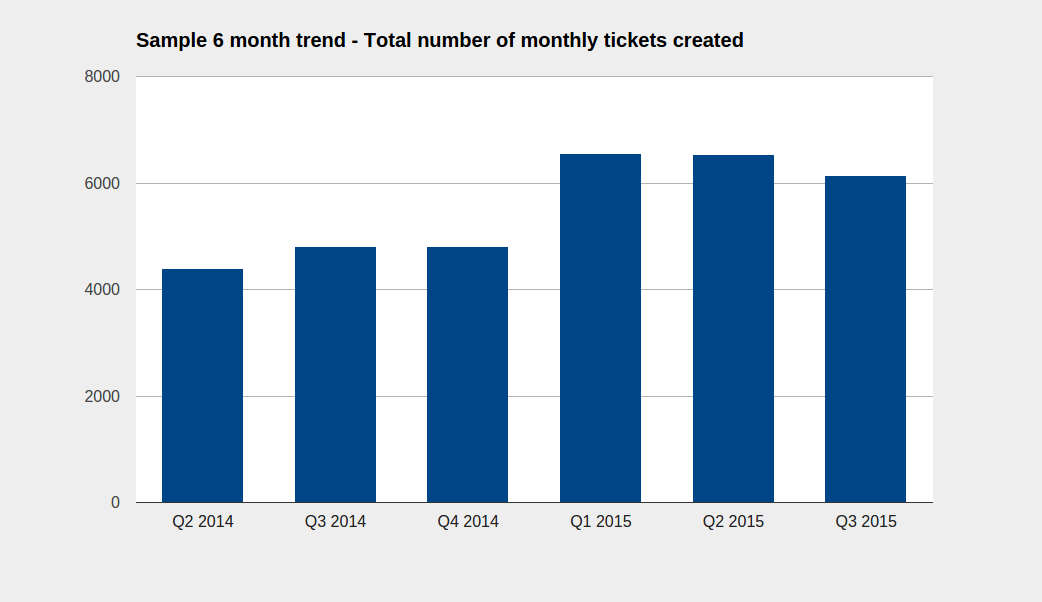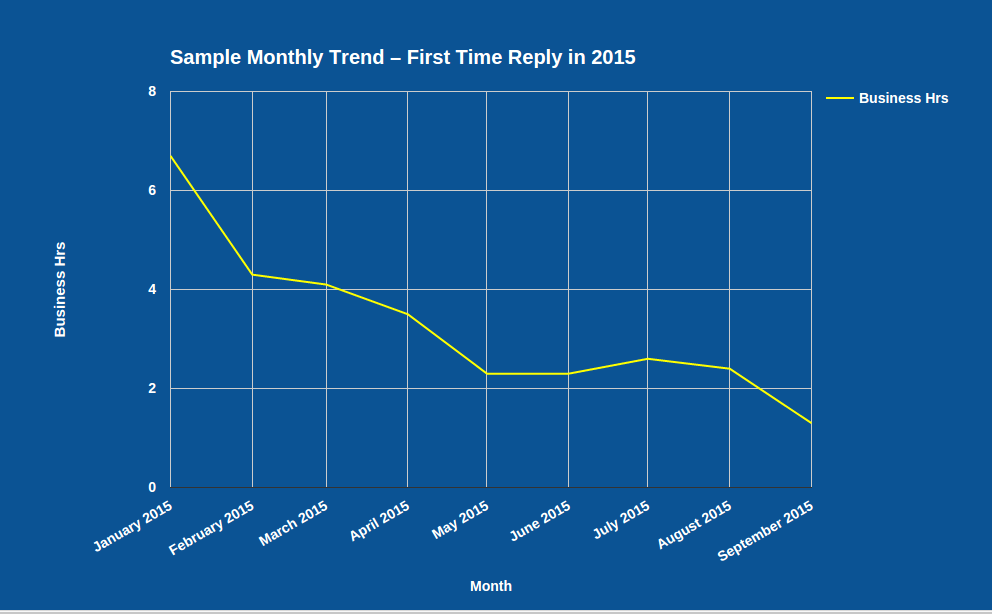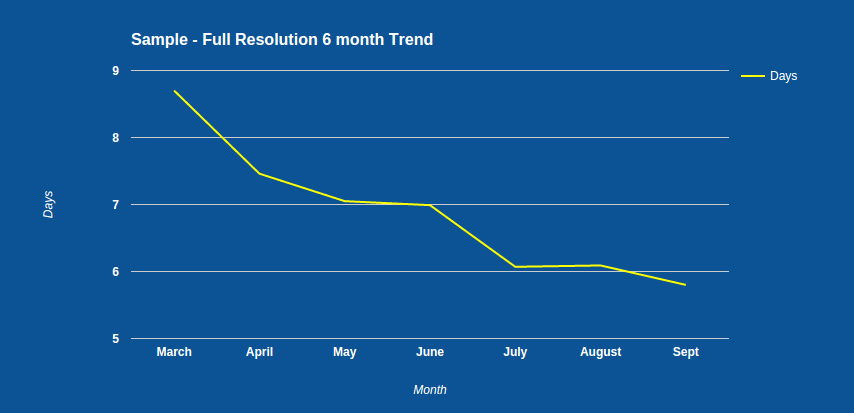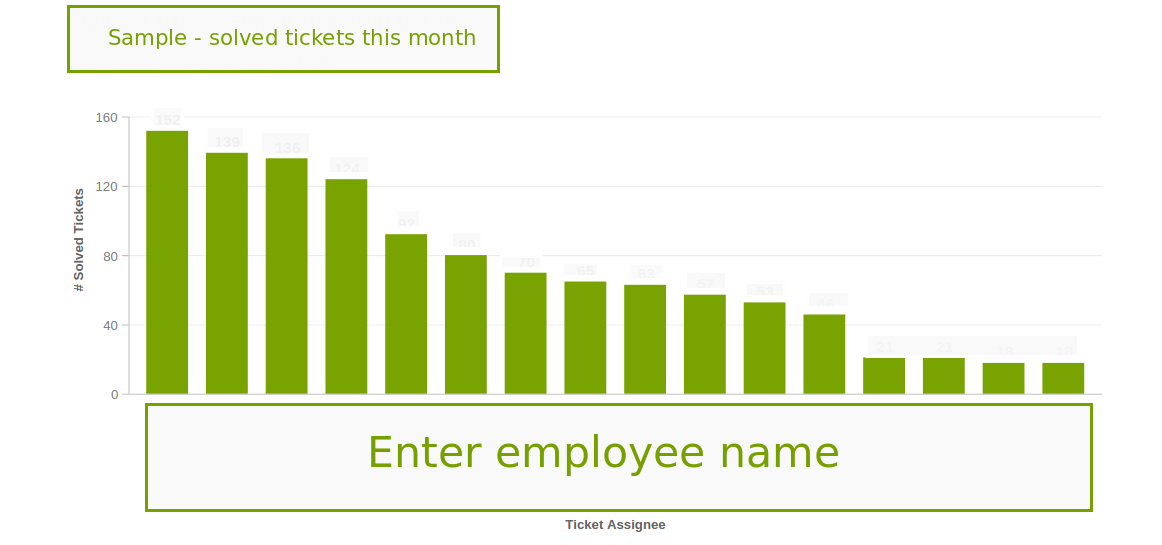The secret to providing outstanding customer service
Track these key performance metrics to improve customer service. Take your team to the next level and stand out from the competition with measurement.
Nov 2, 2015
Updated: Dec 28, 2023

Every great company always looks for ways to improve themselves, to make an already good customer service team into a great one. We are all looking for what will help set us apart from competitors and give us an edge over everyone else.
Knowing where you want to go is one thing, but getting there is another. Where do you start? To begin, let’s review some key points. Why is customer service so important and what impact does it have on the bottom line?
The Benefits of Outstanding Customer Service
Without a doubt, a great customer service team:
- Improves your reputation with customers and partners.
- Fosters repeat business and customer loyalty.
- Shows your customers that you care.
- Increases overall customer satisfaction with the product.
- Differentiates your company from the competition.
- Improves sales and reduces churn.
The How and When of Measuring Customer Service
In order to get your team where you want to be, you need to look at key metrics both on the team and on individuals. The measurements should be driven by your company and team goals, and meet customer requirements.
Review trends to see where the strengths of your team are on a daily, weekly and monthly basis.
Share results with the team regularly. Additionally, it is important to schedule more in-depth discussions with individuals to review their progress and provide direction. This helps everyone understand the rules and how their scores fit within the team.
Key Performance Metrics for Customer Service
Here are some of the most common ways to measure the performance of a customer service team:
1. Quality of work (Take case samples for each individual and as a team)
- Quality of the information being captured. Are we asking the right questions and capturing all the necessary data we need to help the customer?
- Phone calls – Tone of voice. Listen to a call from a customer’s perspective. Does the team member’s tone of voice make the customer feel welcome or the complete opposite?
- Support provided. Was an appropriate solution or workaround provided to the customer?
2. Customer satisfaction rating
3. Special accomplishments/Recognition received
4. Number of opened, solved and closed tickets (including average number of days open)
5. Response and Resolution times (Time to First Reply, First Resolution and Full Resolution)
6. Number of cases reopened. Are the team members actually resolving issues the first time?
Sample Trending / Statistic Charts You Can Use




Product Support Tools
For each item you are measuring, reviewing the trend over time will help you understand if the team and each individual are improving or need guidance to improve and succeed.
Remember the Customer
Although it is great for a manager to come up with ideas, it is also very important to listen to the voice of the customer as they are the first point of contact to your support team and their input is invaluable. Without the customer, who are we?
It is also extremely important to engage your team and involve them in decision making. Encourage them to come up with ideas, solutions to problems and better/more efficient ways to help customers. Respect your employees. By doing so will result in happier employees who are interested in improving themselves and the team.
Read More About Improving Customer Service
This short Forbes article from Micah Solomon underlines the importance and benefits of respecting your employees.
Our Geotab blog post “Customer support: The new competitive difference” discusses how the quality of customer service has become even more critical in the current economy.
Subscribe to get industry tips and insights
Sylvain Jette is an Associate Vice President, Customer Experience for Geotab.
Table of Contents
Subscribe to get industry tips and insights
Related posts


The impact of unproductive idling on police vehicle service life
June 10, 2025
3 minute read

Multi-stop route planners: A fleet manager's guide + best tools in 2025
June 5, 2025
5 minute read

Commercial truck insurance cost: Rates by state + how to save
June 5, 2025
5 minute read

